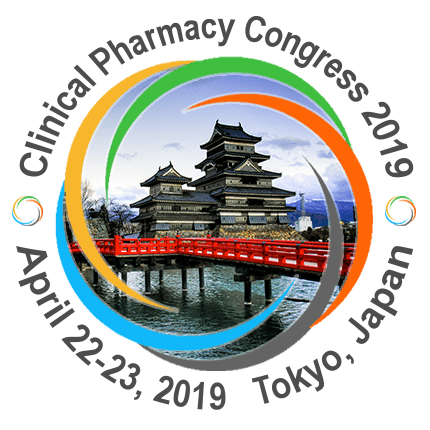
Jeremy Choo
Republic Polytechnic, Singapore
Title: Design, develop and evaluate dispensary software in RP-KTPH teaching dispensary
Biography
Biography: Jeremy Choo
Abstract
Background: Recent pedagogical approaches within the field of applied sciences incorporate problem-based learning and hands-on training. Republic Polytechnic’s School of Applied Sciences (SAS) in collaboration with the School of Engineering and the School of Info COMM, has developed RPMED, a user-friendly and efficient dispensing software as a learning platform to hone student’s clinical and dispensing skills. By embracing new technologies and automation such as RPMED, students will be inculcated with the values and principles of pharmaceutical care such as medication safety, patient care continuum,dispensing process efficiencies and documentation procedures.
Methods: Developing RPMED requires a system of IT improvements. First, the students review current dispensing software issues raised by previous development teams. Next, students from SAS address these issues in collaboration with teams from the School of Infocomm. The third phase involves enhancing and implementing new features in RPMED. Lastly, end users feedback surveys are prepared, designed, conducted and reviewed by SAS students to determine RPMED software usability and future enhancements.
Results: Three improvement processes within RPMED had been identified and implemented: A barcode system, a drug interaction matrix and drug imaging. Implementing barcode systems on pharmaceutical products reduces medication
selection errors, thereby improving dispensing accuracy and efficiency. A drug interaction matrix improves medication safety by allowing concurrent checks for drug interactions when new medications are added to patients’ drug chart. A pop-up alert will appear when drug interactions are found. Drug imaging incorporates reference images within the software for quick and accurate identification and selection of medicines. End users feedback surveys showed widespread acceptance and usability among students.
Conclusion: Developing and using RPMED allows students to appreciate the verisimilitudes with commercially available dispensing software. The system of checks and balances within RPMED allow students to gain insight into the complexities involved in IT use within pharmaceutical care.

